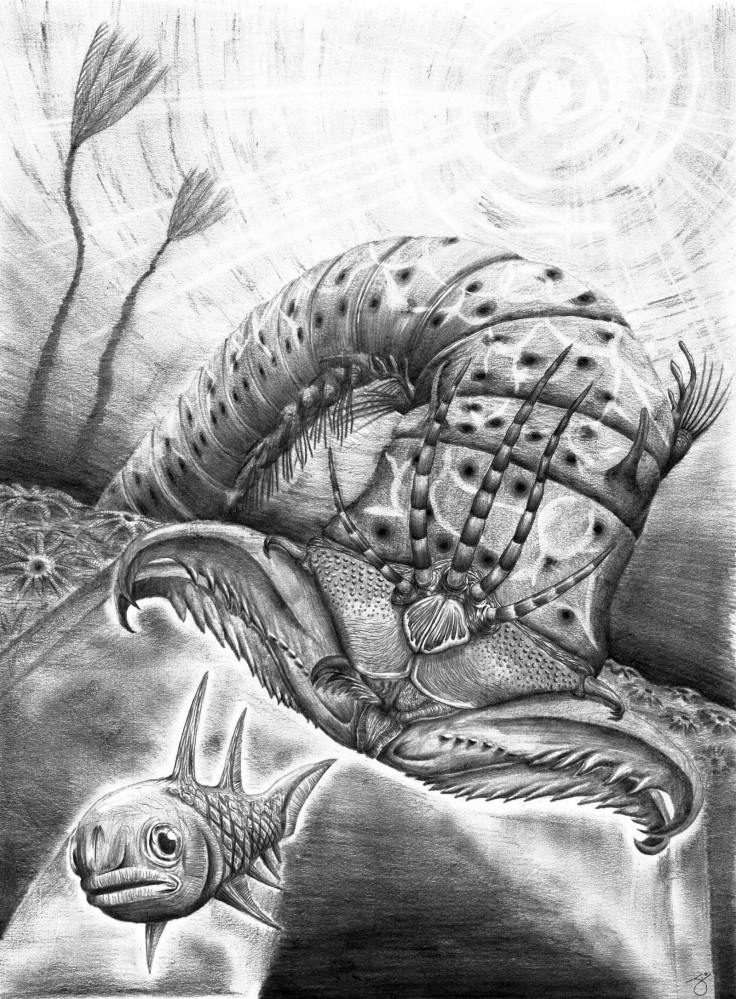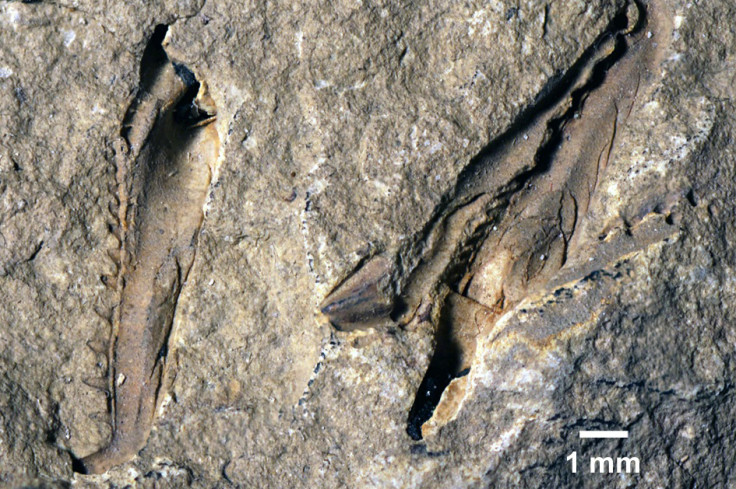Scientists discover gigantic 400 million year old extinct worm in Canadian museum
A new species of an extinct giant worm was found to have terrifyingly large snapping jaws.

Scientists have discovered a 400 million year old, extinct, giant worm with large snapping jaws at the Royal Ontario Museum. The fossils of the previously undiscovered species of an extinct worm had been languishing in storage at the Canadian museum since 1994.
A team of international scientists from the University of Bristol, Lund University in Sweden and the Royal Ontario Museum, identified the new species, noting that its gigantic size is comparable to the living species of the 'giant eunicid' species, better known as 'Bobbit worms', which are considered to be terrifying and opportunistic ambush predators that use powerful jaws to capture their prey.
According to the scientists, the new species is unique among fossil worms. It was found to have a significantly large jaw, exceeding one centimetre in length, the largest-ever known in this type of creature.
Such fossil jaws are ideally only a few millimetres in size and are generally observed only when looking through a microscope. However, in the case of the 400-year-old gigantic worm, its fossilised jaws were easily visible to the naked eye.
The reports of the findings made by the researchers have been published in Scientific Reports.

Lead author Mats Eriksson from Lund University said: "Gigantism in animals is an alluring and ecologically important trait, usually associated with advantages and competitive dominance. It is, however, a poorly understood phenomenon among marine worms and has never before been demonstrated in a fossil species. The new species demonstrates a unique case of polychaete gigantism in the Palaeozoic, some 400 million years ago."
Co-author Luke Parry from the University of Bristol's School of Earth Sciences, added: "It also shows that gigantism in jaw-bearing polychaetes was restricted to one particular evolutionary clade within the Eunicida and has evolved many times in different species."
Parry told IBTimes UK, "We know that being giant is related to things like competitive dominance and the modern worms that get this big are fearsome predators. We know that this new animal isn't directly related to these living worms and so it tells us that when the right conditions are met, polychaete worms can grow to massive sizes."
The new species has been named Websteroprion armstrongi, in honour of Derek K Armstrong of Ontario Geological Survey, who collected the specimen in 1994, when investigating rocks and fossils in remote area in Ontario and bass player Alex Webster of Death Metal band Cannibal Corpse, given that he is considered to be a "giant" when it comes to handling his instrument.
Parry said, "This is fitting also since, beside our appetite for evolution and paleontology, all three authors have a profound interest in music and are keen hobby musicians."
Explaining how the discovery came to be made, Parry told IBTimes UK, "The specimens were collected by Derek K. Armstrong back in 1994, and they have been at the museum ever since. Dave Rudkin (one of the authors) was aware of the specimens and showed them to me when I was studying specimens at the ROM in 2014. I showed them to Mats (a fossil worm jaw expert) and he was absolutely blown away. We scoured the literature and couldn't find any bigger fossil jaws and came to the conclusion that they were from the biggest fossil worm ever discovered."
Commenting on the discovery, David Rudkin from the Royal Ontario Museum said, "This is an excellent example of the importance of looking in remote and unexplored areas for finding new exciting things, but also the importance of scrutinizing museum collections for overlooked gems."
© Copyright IBTimes 2025. All rights reserved.






















